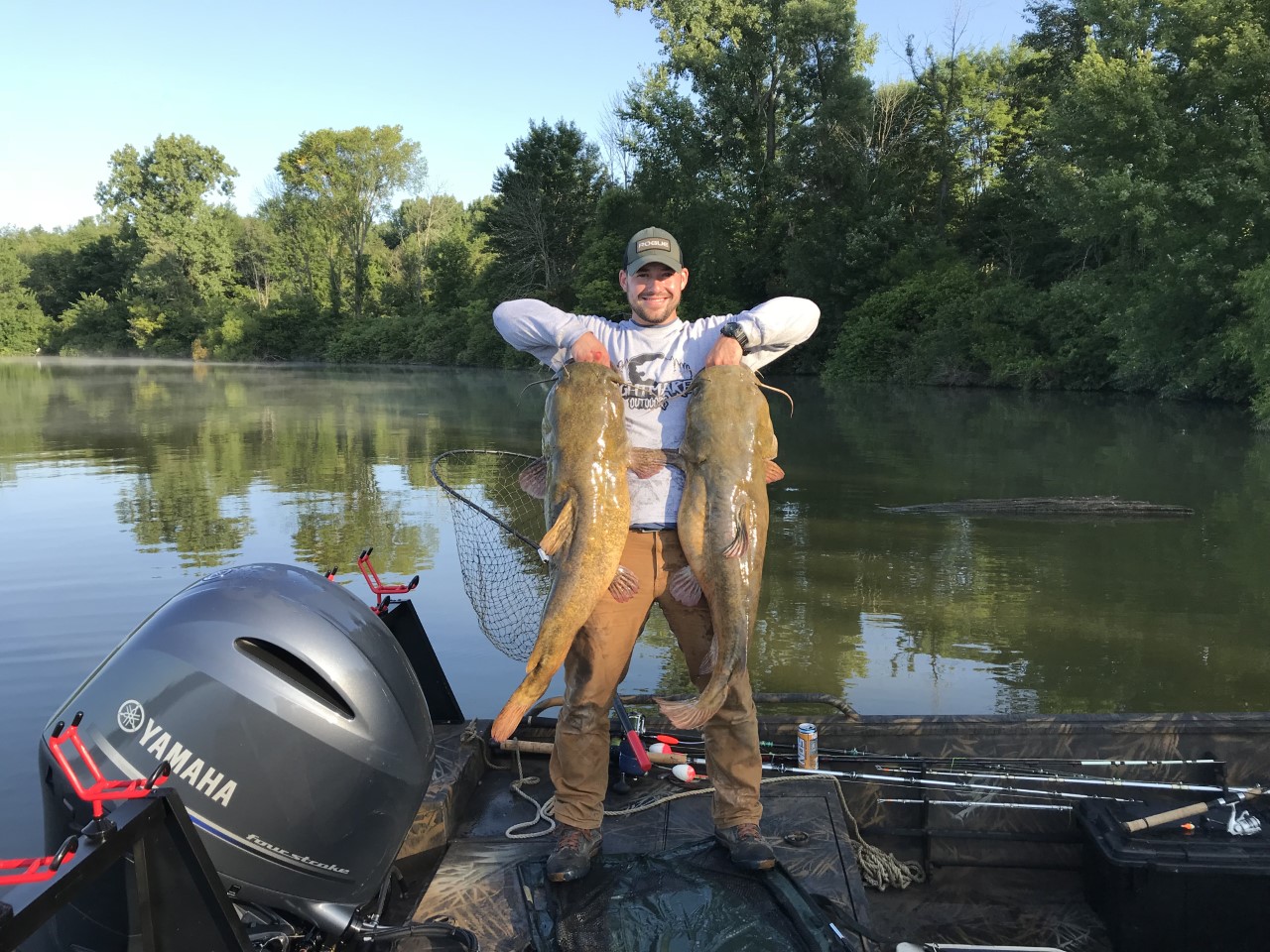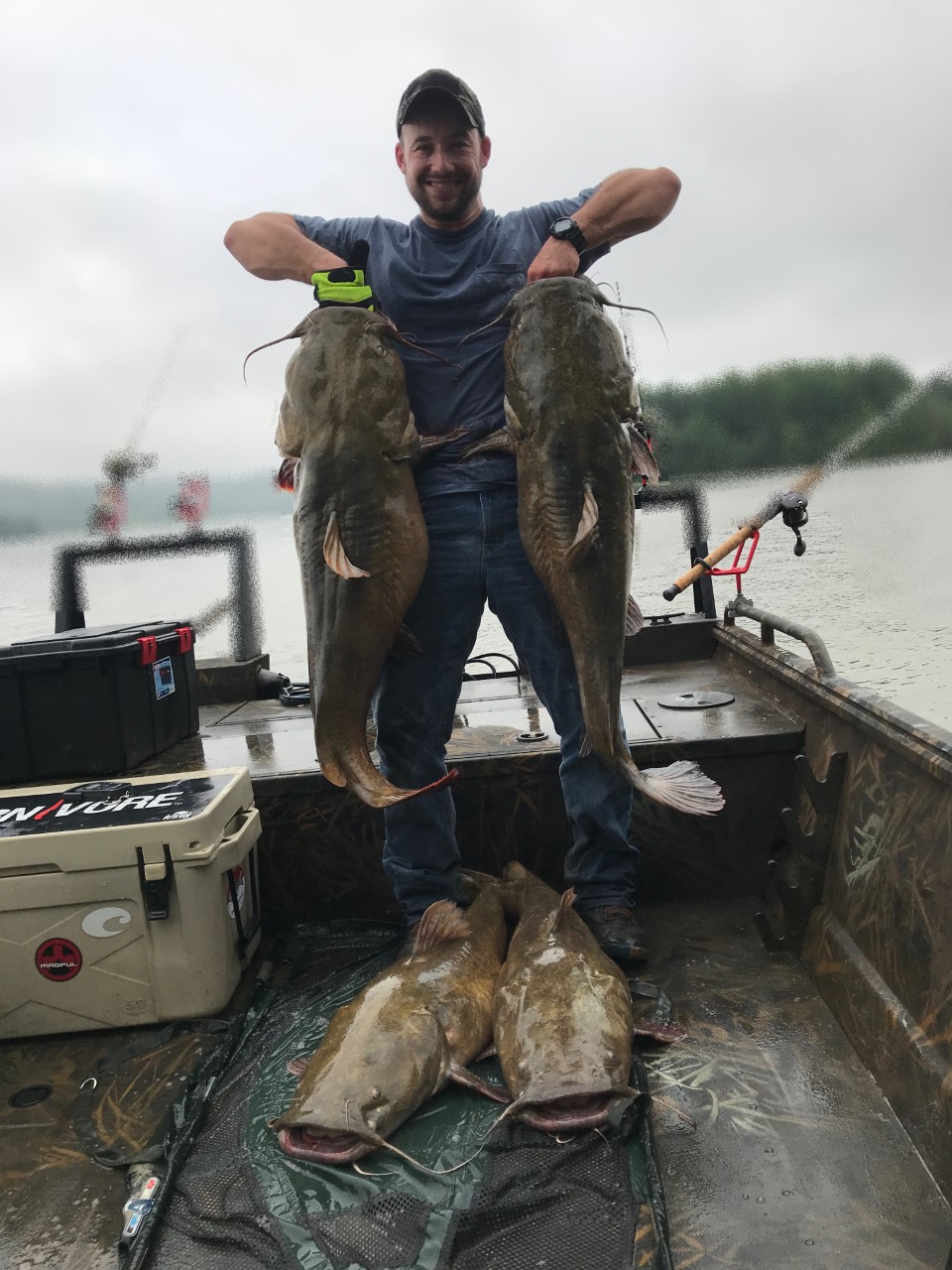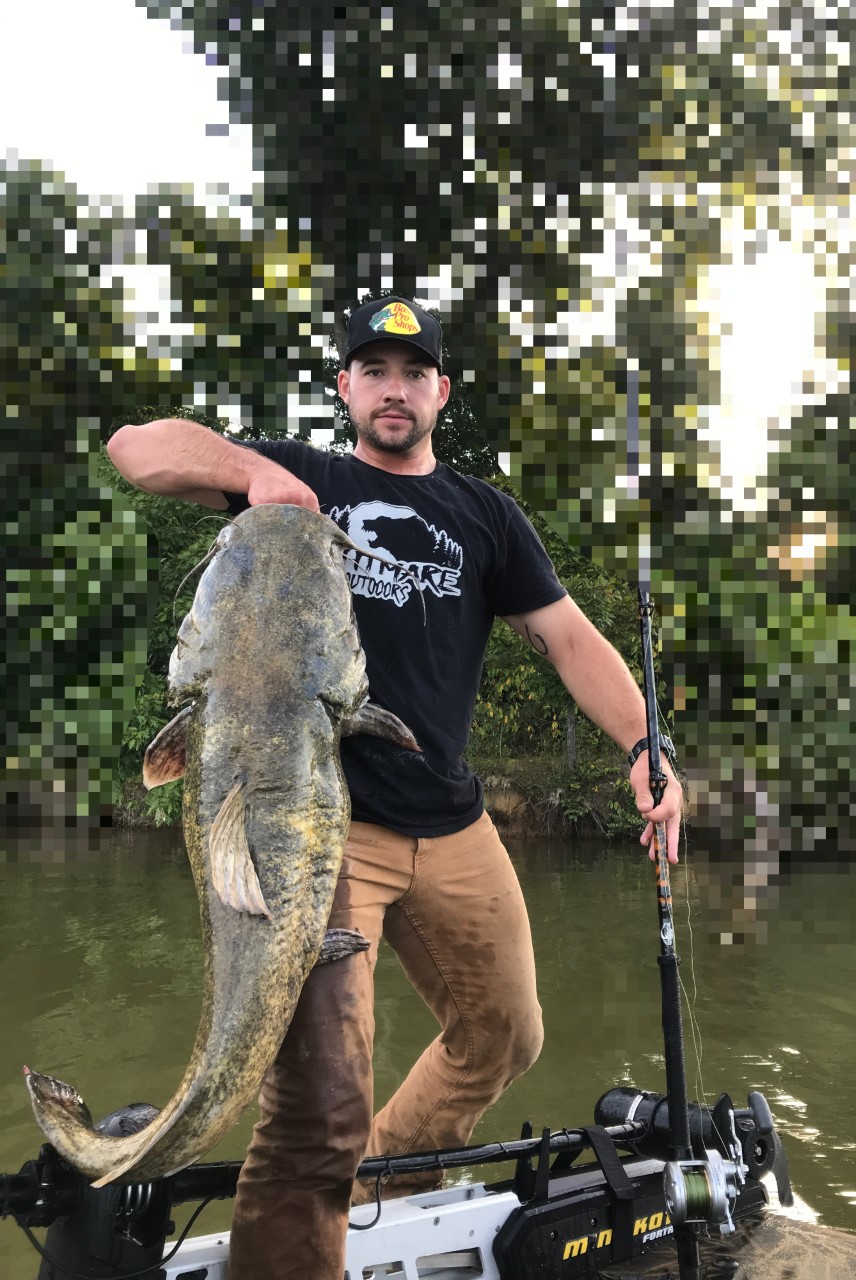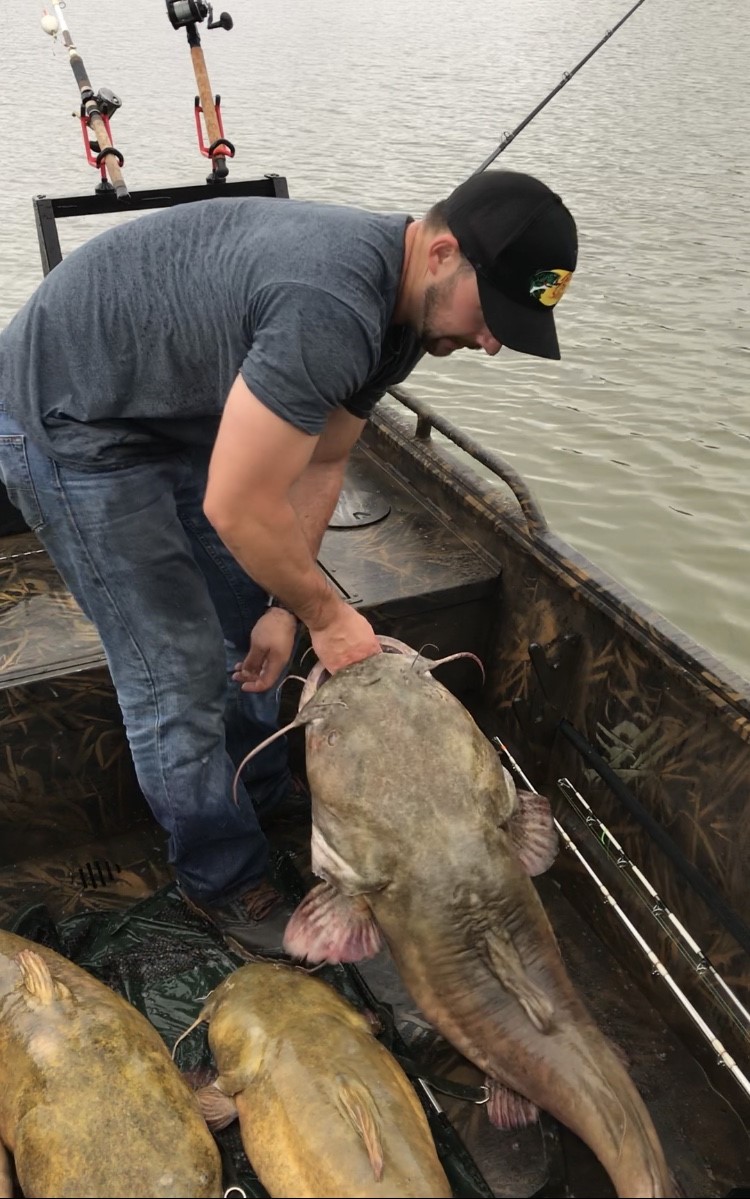The word Epiphany is most literally defined as “an experience of sudden and striking realization.” A “Eureka!” moment, where pieces of a puzzle fall together for the first time before your eyes. In some cases it’s the discovery of a new variable, unknown before that point in time. In others, it’s simply looking over the same variables with a new lens and discovering a new meaning in them, hidden all along. What I experienced this season was more of the latter.
The practice of reservoir flathead fishing is a complex game of cat and mouse. Except in this game it’s not a mouse you seek, but a cunning predator at the very apex of its food chain. It’s my belief that these warriors should not only be treated with great respect, but that the pursuit of such an animal be treated that way also.
Endless combinations of seasonal behavior patterns and varying environmental conditions can make the prospect maddening. There is a theme to it all, though, known to those who care to look hard enough. At least a basic framework known to modern science from which to draw distinction. Following this model has been the basis of my (and our) fishing career(s) for the most part, working to obtain field observations and data to support what we’ve read.
Over the years many of these general patterns have proven themselves to be reliable. From the very first thaws of the spring through summer and into the first deep freezes of late fall, our quarry loosely follows rules set by their internal biological clocks. Learning to time these cues set by Mother Nature and fish them effectively is the bread and butter of this game, and always has been.
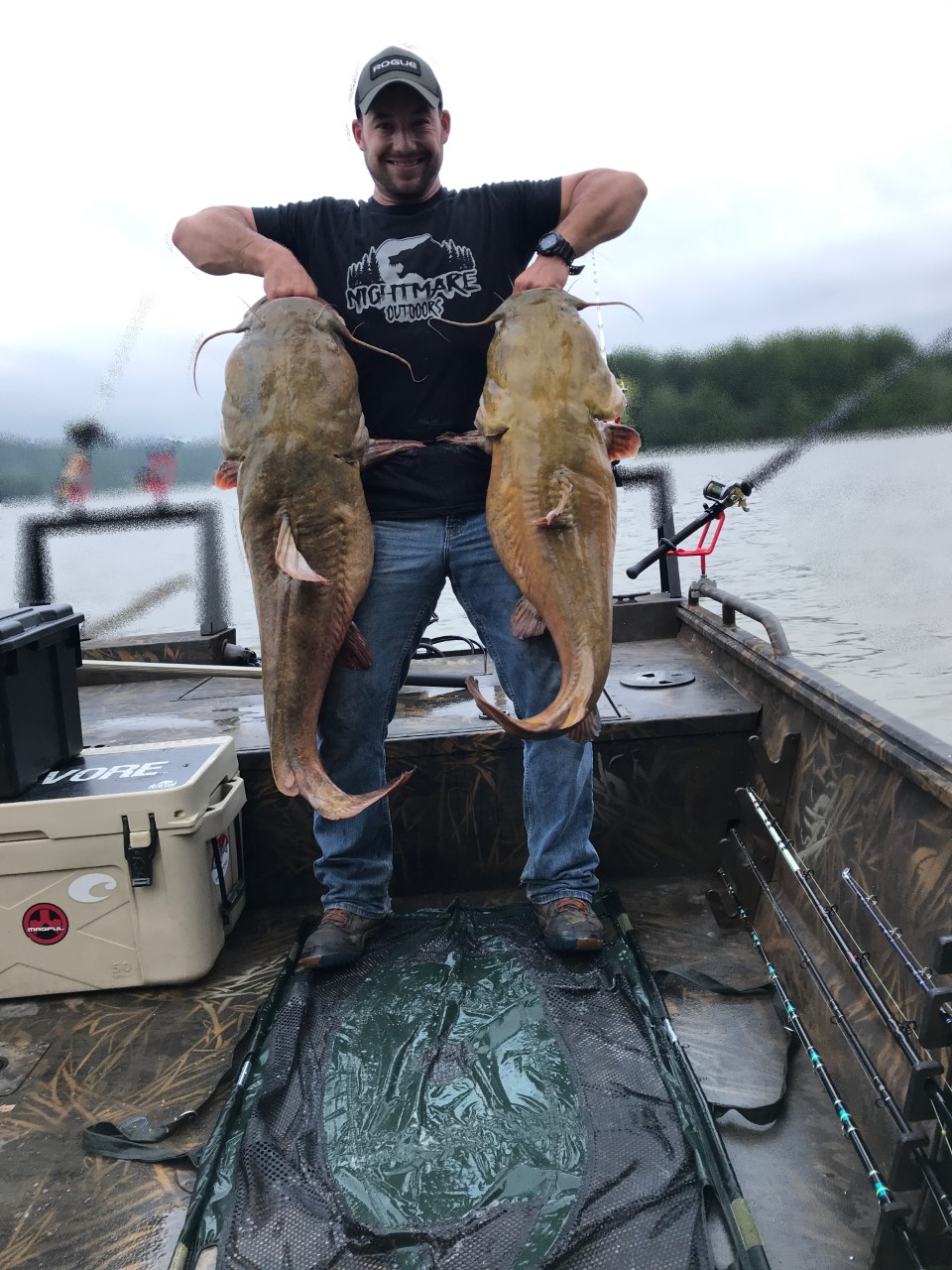
For years now I’ve committed myself to the study of these patterns, learning along with my friends the “wheres” and “whens” that produce fish for us regularly. Each new season was an opportunity to build on our knowledge of these, and perfect our timing as much as schedules and life would allow. Think of this as using a microscope to inspect something closely, and each year acquiring the ability to zoom in a bit farther and see a bit more of what makes the monster tick. Attention of this kind is necessary in any attempt at betterment, and one can’t escape the reality than in order to truly master something, he (or she) can never stop learning.
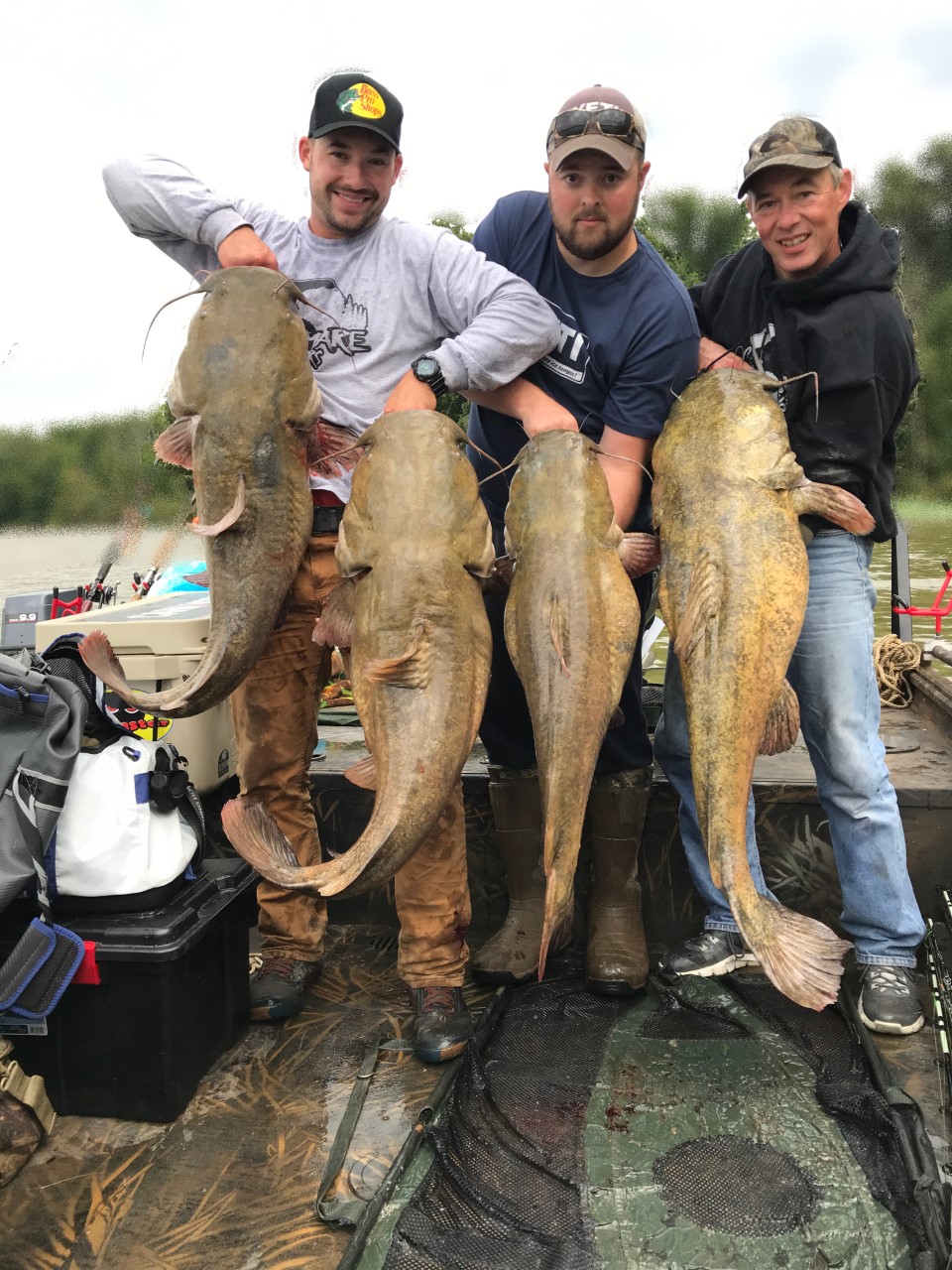
What fell before me this season, however, was not the ability to zoom in ever farther than we had in seasons past. Though some of that has come along as well, it is no new revelation. What struck me one day suddenly, was that while looking intently through the microscope and zooming more and more, I’d missed a bigger picture that could only be seen with the naked eye. Like a painting made of one million dots, an image that could never be seen by inspecting each dot too closely.
The big picture contains many moving parts, with most yet unexplored. But just as we had in the beginning, we’ll begin to test and prove these parts into existence through trial and error. The parts of this picture that have been explored thus far have yielded new levels of success that before would not have seemed tangible. Rather than being intimidated by the nuance that we’ve only just scratched the surface, I look forward to the challenge of understanding this new field of view.
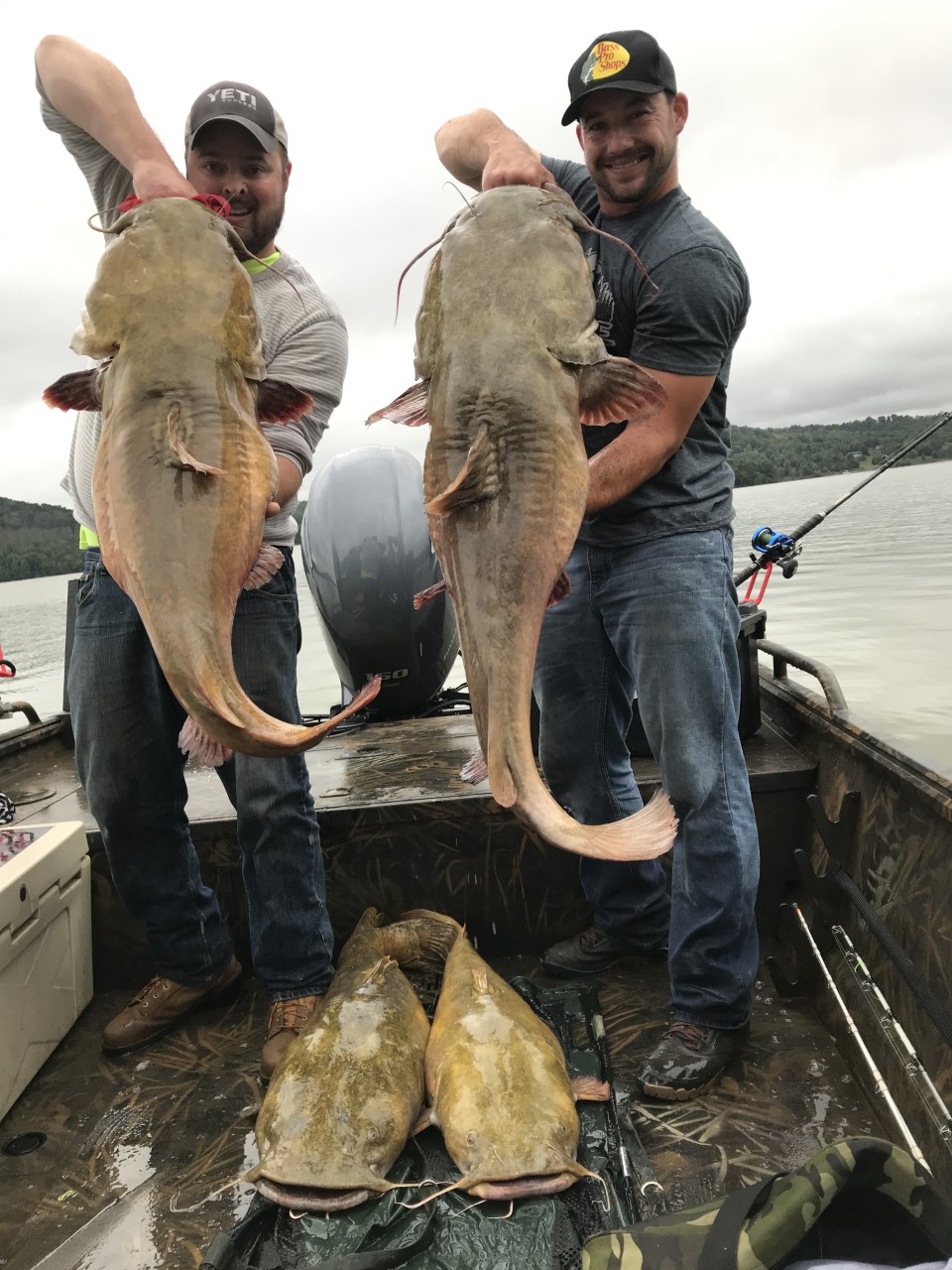
The lesson here is simple. A change of perspective can be the difference between observing distant planets in the night sky, and observing a grain of sand with a microscope. And a change of perspective can re-write history.

